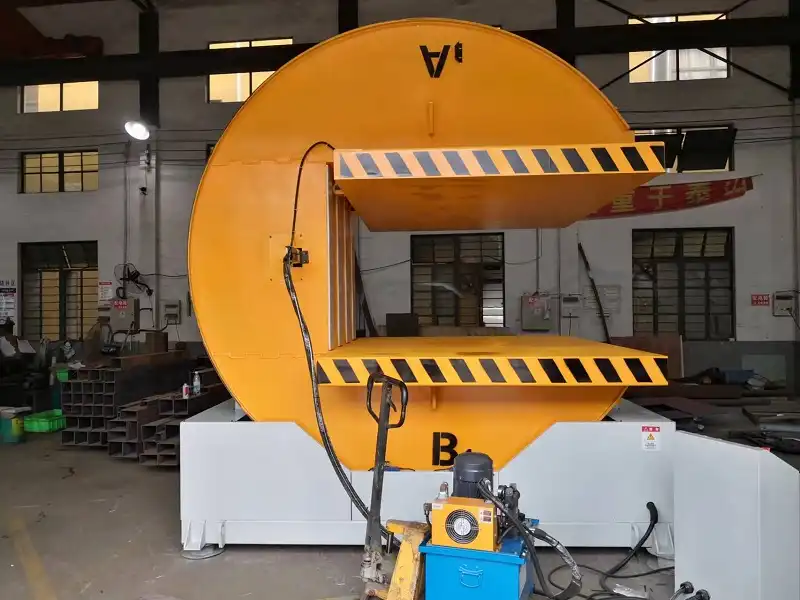
Efficient pallet changing is crucial for maintaining streamlined operations in modern manufacturing and warehousing environments. Selecting the appropriate board turning machine, often referred to as a load inverter or pallet exchanger, can significantly enhance productivity, minimize manual handling risks, and improve overall workplace safety. With numerous options available, choosing the optimal board pallet changing machine requires understanding its features, benefits, and applications. This guide provides comprehensive insights to help you select the right equipment for effective pallet changing.
1. Why Invest in a Board Turning Machine (Pallet Inverter)?
1.1 Enhancing Pallet Handling Efficiency
A board turning machine is a specialized piece of equipment designed to simplify and expedite the pallet changing process. By automating the rotation or inversion of heavy board loads (like stacks of wood, paper, or sheet materials), these machines drastically reduce the need for manual lifting and turning. This automation minimizes the risk of musculoskeletal injuries associated with manual handling and boosts operational speed. For facilities managing frequent pallet exchanges, investing in a board turning machine translates to substantial savings in time, labor costs, and potential injury-related expenses.
1.2 Ensuring Consistent and Safe Load Management
Manual pallet turning is not only labor-intensive and slow but also carries inherent risks to both the product and the personnel involved. Board pallet changing machines, or load inverters, are engineered to handle substantial loads with precision and stability. They securely clamp and rotate the load, ensuring products remain undamaged during the transfer between pallets (e.g., from a wooden pallet to a plastic one, or vice-versa). This consistency is vital for maintaining product quality, especially for fragile or high-value goods. Implementing a board turning machine fosters a safer work environment and promotes reliable, uniform pallet exchanges, protecting both assets and employees. Consider consulting resources like the Occupational Safety and Health Administration (OSHA) guidelines on material handling for best practices.
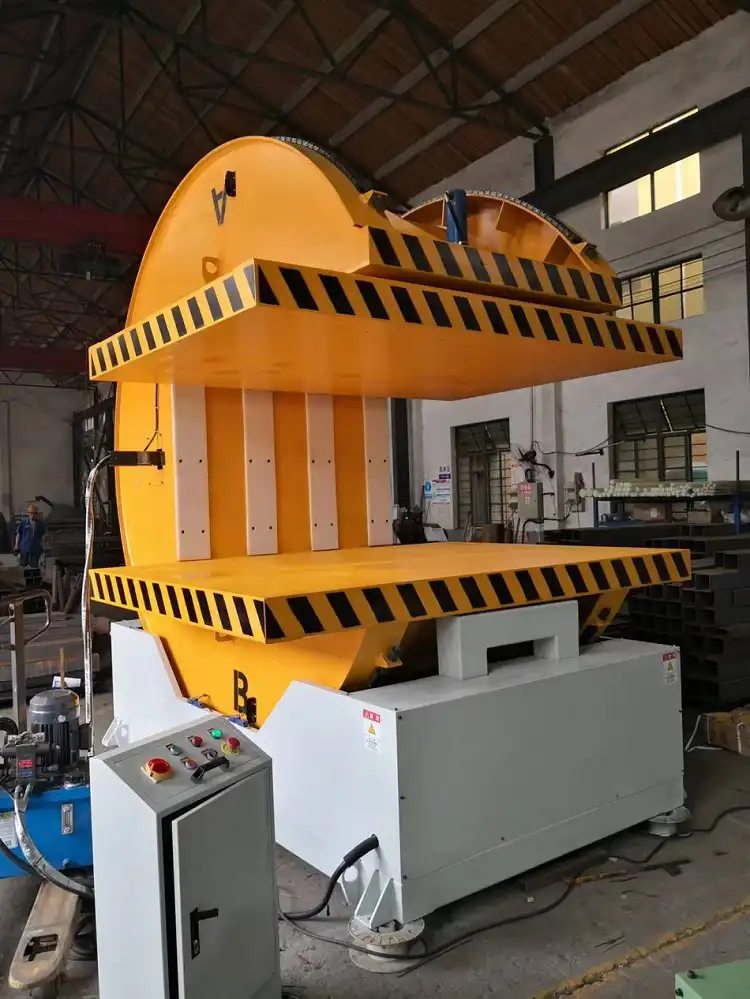
1.3 Meeting High-Volume Throughput Demands
In fast-paced settings like distribution centers, large manufacturing plants, and logistics hubs, efficiency and throughput are critical performance indicators. Board turning machines streamline the pallet changing workflow, enabling facilities to process higher volumes without bottlenecks. This capability makes them indispensable for operations where timely and secure pallet handling directly impacts productivity and customer satisfaction.
2. Types of Board Turning Machines: Selecting the Right Fit
2.1 Off-Line Board Turning Machines (Standalone Pallet Inverters)
Off-line board turning machines are standalone units, ideal for facilities where pallet changing occurs separately from the primary production or conveyor lines. Typically loaded and unloaded using forklifts or pallet jacks, these machines offer flexibility in placement and operation. An off-line board pallet changing machine is well-suited for facilities with:
- Limited floor space near production lines.
- Intermittent or lower volume pallet changing needs.
- Requirements for handling diverse load types or sizes occasionally.
- Operations where loads need to be moved to a dedicated area for pallet exchange.
2.2 Online Board Turning Machines for Integrated Operations
Engineered for high-throughput environments, online board turning machines integrate directly into automated conveyor systems. They are essential components in fully automated facilities, enabling seamless and continuous pallet changing without manual intervention. As loads travel along the conveyor line, the online machine automatically receives, clamps, rotates/inverts, and discharges the load onto the new pallet. This ensures minimal disruption and maximum efficiency. An online board pallet changing machine is the optimal choice for:
- High-volume manufacturing and distribution centers.
- Operations demanding continuous material flow.
- Facilities prioritizing automation and reduced labor dependency.
- Processes requiring consistent cycle times for pallet exchange.
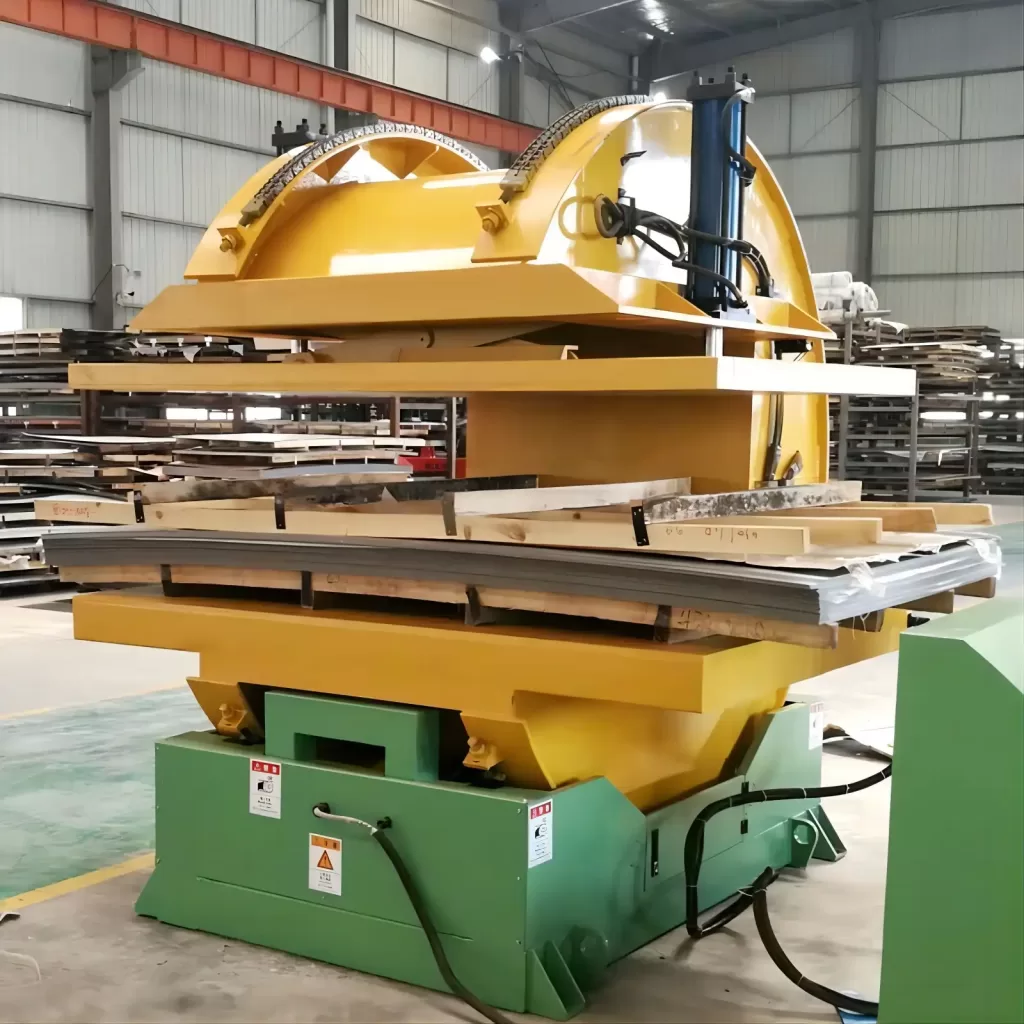
2.3 Customized Board Handling Solutions
For facilities facing unique challenges such as non-standard load dimensions, specific environmental conditions (e.g., clean rooms, cold storage), or complex integration requirements, custom board turning machines provide tailored solutions. Manufacturers can design machines with specific:
- Load capacities (higher or lower than standard).
- Clamping pressures suitable for delicate materials.
- Rotation angles (90°, 180°, or specific degrees).
- Safety features (light curtains, safety interlocks, area scanners).
- Integration protocols for existing PLC and MES systems.
3. Key Factors When Choosing a Board Pallet Changing Machine
3.1 Facility Layout and Workflow Analysis
Before selecting a board pallet changing machine, thoroughly assess your facility's physical layout and operational workflow. Consider factors like available floor space, ceiling height, existing material flow paths, and integration points with conveyors or AGV systems. For compact facilities or those with varied workflows, a flexible off-line machine might be more practical. Conversely, large-scale operations with high-speed production lines will likely benefit from an integrated online system to maintain throughput and minimize manual touchpoints.
3.2 Load Capacity, Dimensions, and Material Compatibility
Carefully evaluate the specifications of the loads you need to handle. Key parameters include:
- Maximum Load Weight: Choose a machine rated significantly above your heaviest typical load for a safety margin.
- Load Dimensions (LxWxH): Ensure the machine's opening and clamping range accommodates your largest and smallest loads.
- Material Type: Consider the nature of the board material (e.g., rigid panels, stacked sheets, bagged goods on a board) and select a machine with appropriate clamping mechanisms (hydraulic, pneumatic) and pressure controls to prevent product damage.
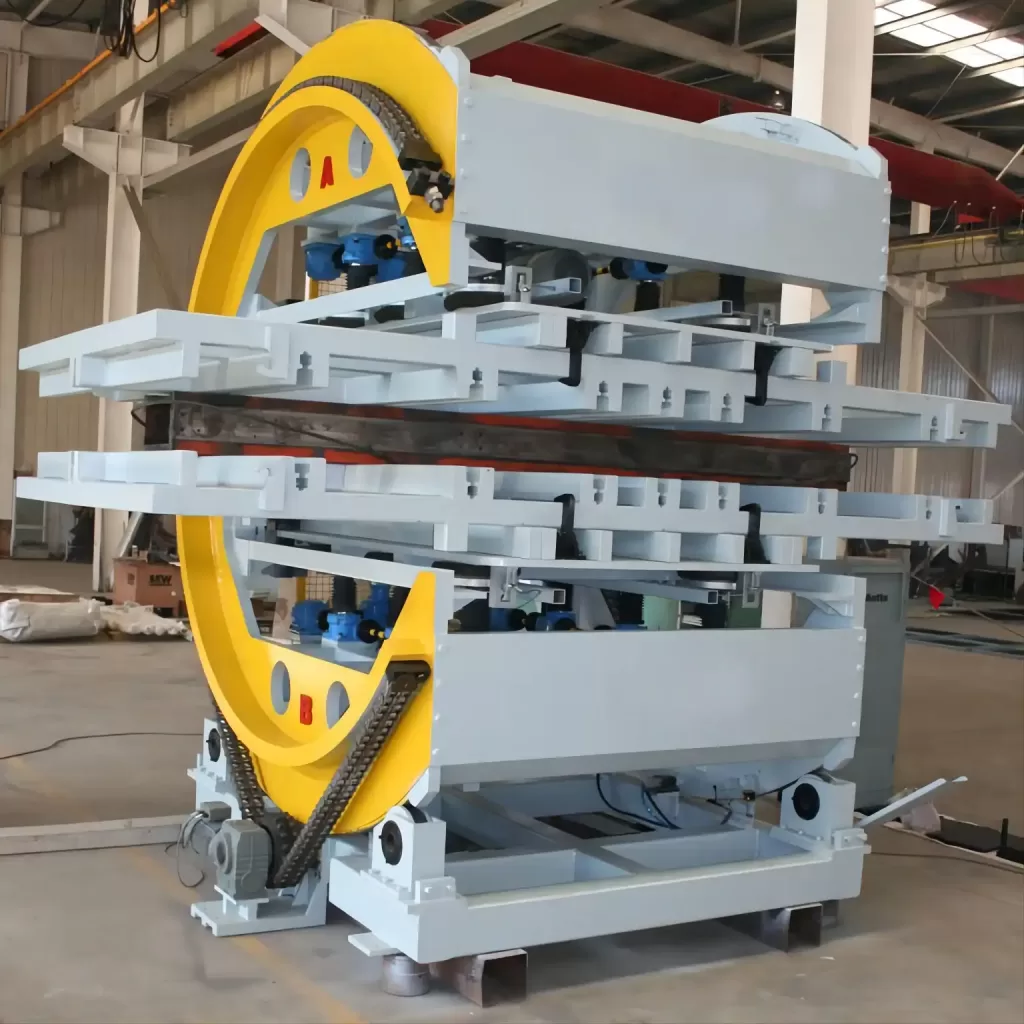
3.3 Essential Safety Features
Prioritize safety when selecting pallet handling equipment. Look for board turning machines equipped with robust safety features, such as:
- Secure Clamping Systems: Fail-safe mechanisms that maintain grip even during power loss.
- Safety Fencing/Guarding: Physical barriers to prevent unauthorized access during operation.
- Light Curtains or Area Scanners: Sensors that stop the machine if a person or object enters the operating zone.
- Emergency Stop Buttons: Easily accessible controls to halt operations immediately.
- Load Balancing Sensors: Mechanisms to detect uneven loads that could cause instability.
- Interlocked Access Doors: Doors that disable machine operation when opened.
4. Maximizing the Efficiency and Lifespan of Your Board Turning Machine
4.1 Implementing Routine Maintenance and Inspections
To ensure your board turning machine operates reliably and efficiently for years to come, establish a proactive maintenance schedule. This should include:
- Regular lubrication of moving parts.
- Inspection of hydraulic or pneumatic systems for leaks.
- Checking electrical connections and safety sensors.
- Verifying the integrity of clamping mechanisms and structural components.
4.2 Comprehensive Staff Training for Safe and Optimal Use
While board turning machines automate a complex task, proper operator training is essential for maximizing benefits and ensuring safety. Training should cover:
- Correct loading and unloading procedures.
- Understanding the machine's control interface and settings.
- Recognizing operational limits (weight, dimensions).
- Performing basic troubleshooting for common issues.
- Adhering to all safety protocols and emergency procedures.
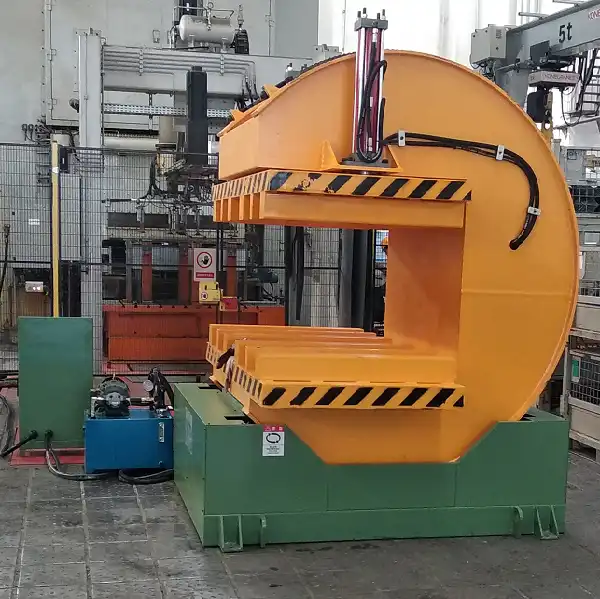
4.3 Utilizing Performance Data and Analytics
Modern board turning machines often incorporate sensors and connectivity features that provide valuable operational data. Leverage these capabilities by monitoring metrics such as:
- Cycle times per pallet change.
- Machine uptime and downtime occurrences.
- Error codes and fault logs.
- Throughput rates over different shifts or periods.
Conclusion: Selecting the Optimal Board Pallet Changing Solution
Choosing the right board turning machine (pallet inverter/exchanger) is a critical decision that directly impacts operational efficiency, safety, and cost-effectiveness in your facility. Carefully evaluate your specific requirements, including load characteristics, throughput volume, available space, workflow integration needs, and safety priorities. Off-line machines offer flexibility, online systems deliver maximum automation and throughput, and custom solutions cater to unique demands. By investing wisely in the appropriate board pallet changing machine and implementing best practices for maintenance and operation, you can significantly streamline your pallet handling processes, enhance workplace safety, and boost overall productivity for a more efficient and competitive operation.
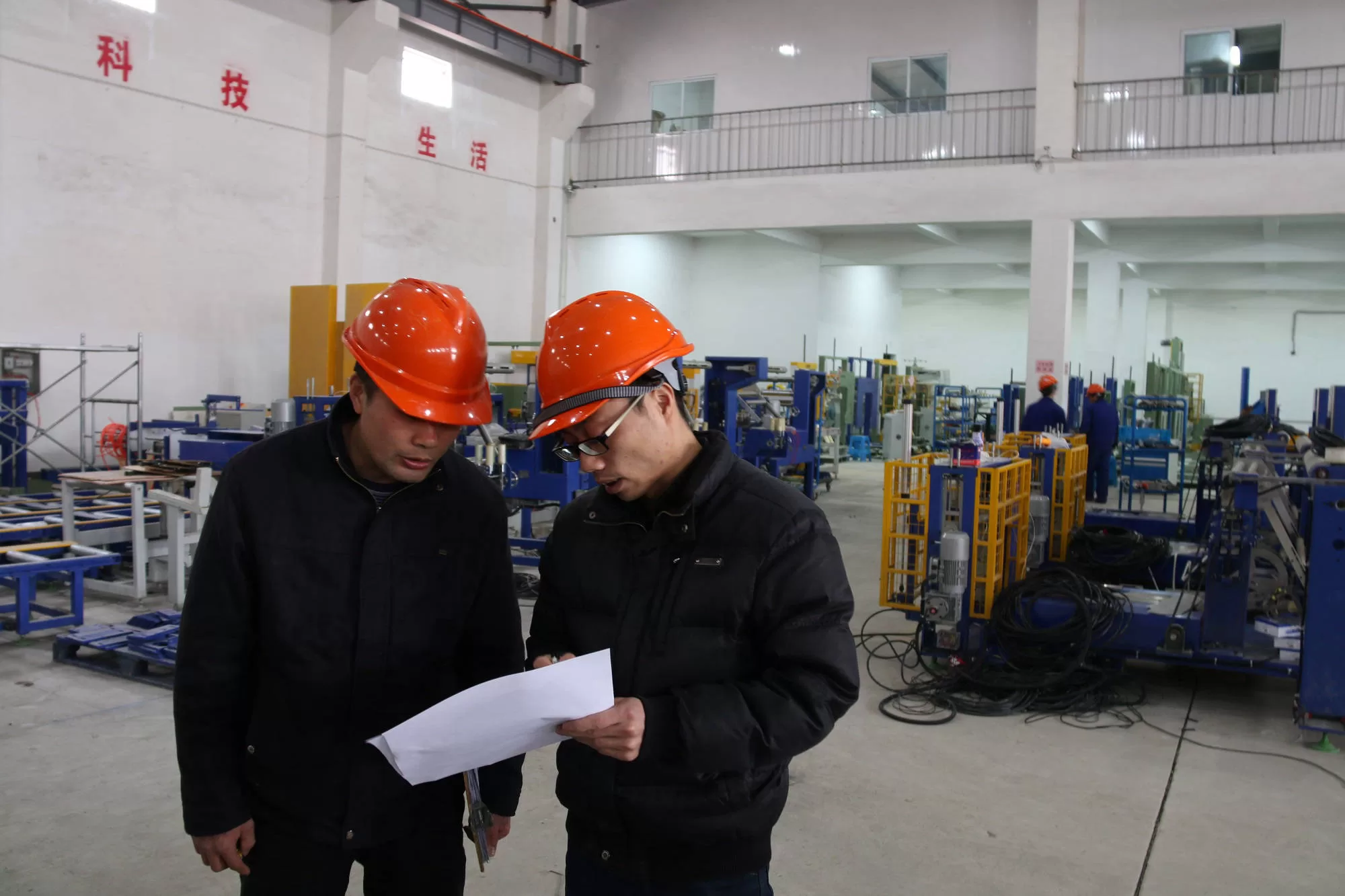
Get Your Best Solution !